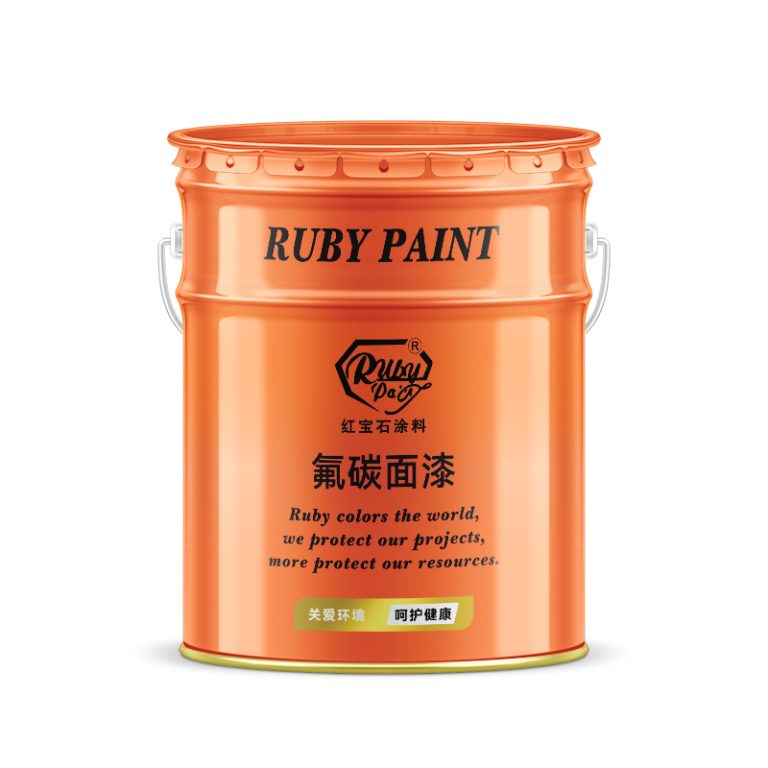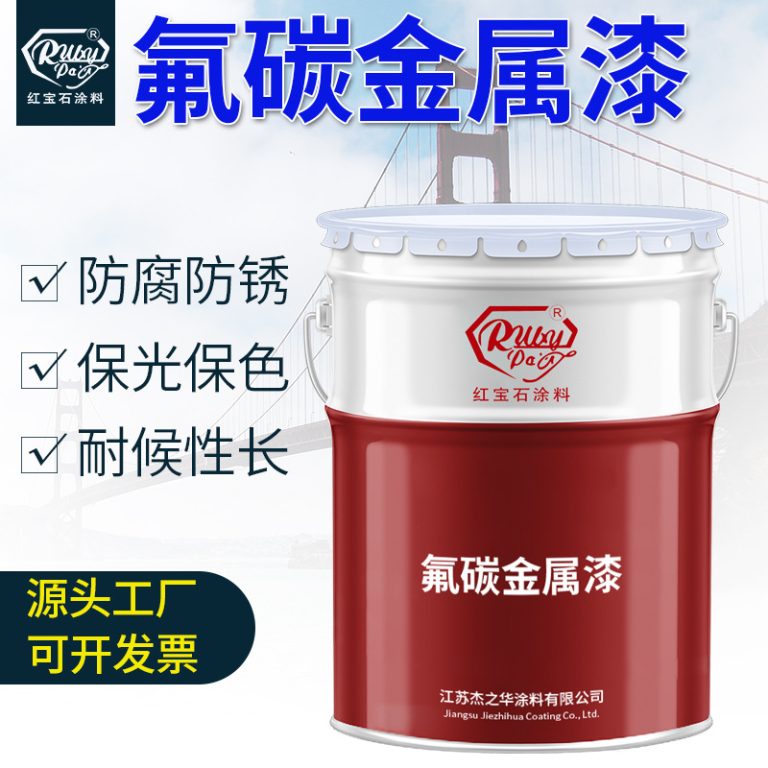Inhoudsopgave
De impact van fluorkoolstofemissies op de aantasting van de ozonlaag
Serienummer
| Product | Epoxy Zinkrijke verf |
| 1 | Fluorocarbon-regelgeving en hun effectiviteit bij de bescherming van de ozonlaag |
Fluorkoolwaterstoffen, een klasse synthetische organische verbindingen die fluor en koolstof bevatten, worden op grote schaal gebruikt in verschillende industriële toepassingen, waaronder koeling, airconditioning en drijfgassen in spuitbussen. De impact ervan op het milieu, met name op de ozonlaag, heeft in de loop der jaren echter tot grote zorgen geleid. De ozonlaag, een beschermend schild in de stratosfeer van de aarde, absorbeert het grootste deel van de schadelijke ultraviolette straling van de zon. Elke schade aan deze laag kan leiden tot ernstige milieu- en gezondheidsproblemen, waaronder een verhoogd aantal gevallen van huidkanker en cataract, evenals tot negatieve effecten op ecosystemen.
Nee.
Naam
| Fluoracarbon middenverf | Als reactie op het toenemende bewijs van de schadelijke effecten van fluorkoolwaterstoffen op de ozonlaag, zijn er internationale regels ingevoerd om de productie en het gebruik ervan te controleren. Een van de belangrijkste regelgevende maatregelen is het Montreal Protocol, een internationaal verdrag dat in 1987 werd overeengekomen. Het protocol is ontworpen om de productie en consumptie van ozonafbrekende stoffen, waaronder veel fluorkoolwaterstoffen zoals chloorfluorkoolwaterstoffen (CFK’s) en chloorfluorkoolwaterstoffen (HCFK’s), geleidelijk af te schaffen. ). |
| 1 | Ondanks deze successen blijven er uitdagingen bestaan bij het waarborgen van de voortdurende bescherming van de ozonlaag. In sommige regio’s is melding gemaakt van de illegale productie en het illegale gebruik van verboden stoffen, waardoor de tot nu toe geboekte vooruitgang dreigt te worden ondermijnd. Bovendien is de behoefte aan voortdurende monitoring en handhaving van de bestaande regelgeving van cruciaal belang om elke potentiële terugval te voorkomen.
Concluderend is gebleken dat de regelgeving inzake fluorkoolwaterstoffen zeer effectief is gebleken bij het beschermen van de ozonlaag tegen verdere aantasting. Met name het Montreal Protocol dient als bewijs van wat kan worden bereikt door internationale samenwerking bij het aanpakken van mondiale milieuproblemen. In de toekomst is het essentieel om het momentum vast te houden door te zorgen voor strikte naleving van de verdragsbepalingen en door aanpassing aan nieuwe wetenschappelijke bevindingen om de ozonlaag voor toekomstige generaties te beschermen. De reis naar een volledig herstelde ozonlaag is lang, maar met aanhoudende inspanningen en mondiale samenwerking is deze binnen handbereik |
In response to the growing evidence of fluorocarbons’ detrimental effects on the ozone layer, international regulations have been implemented to control their production and use. One of the most significant regulatory measures is the Montreal Protocol, an international treaty agreed upon in 1987. The protocol was designed to phase out the production and consumption of ozone-depleting substances, including many fluorocarbons such as chlorofluorocarbons (CFCs) and hydrochlorofluorocarbons (HCFCs).
The effectiveness of these regulations in protecting the ozone layer has been evident over the years. Since the implementation of the Montreal Protocol, there has been a significant decrease in the atmospheric concentration of key ozone-depleting substances. Scientific assessments indicate that the ozone layer is gradually recovering, and it is projected to return to its pre-1980 levels by the middle of this century. This positive outcome underscores the success of the international community in addressing a global environmental issue through coordinated efforts.
Moreover, the regulations have spurred innovation in the industry, leading to the development of more environmentally friendly alternatives to fluorocarbons. Hydrofluorocarbons (HFCs), for example, have been introduced as substitutes for CFCs and HCFCs in many applications. Although HFCs do not deplete the ozone layer, they are potent greenhouse gases that can contribute to global warming. Recognizing this, the Kigali Amendment to the Montreal Protocol, adopted in 2016, aims to phase down the production and use of HFCs, further demonstrating the evolving nature of international environmental agreements in response to new scientific knowledge.

Despite these successes, challenges remain in ensuring the continued protection of the ozone layer. Illegal production and use of banned substances have been reported in some regions, threatening to undermine the progress achieved so far. Additionally, the need for continuous monitoring and enforcement of existing regulations is critical to prevent any potential backsliding.
In conclusion, the regulations on fluorocarbons have proven to be highly effective in protecting the ozone layer from further depletion. The Montreal Protocol, in particular, serves as a testament to what can be achieved through international cooperation in addressing global environmental challenges. Moving forward, it is essential to maintain the momentum by ensuring strict compliance with the treaty provisions and adapting to new scientific findings to safeguard the ozone layer for future generations. The journey towards a fully restored ozone layer is long, but with sustained efforts and global collaboration, it is within reach.






